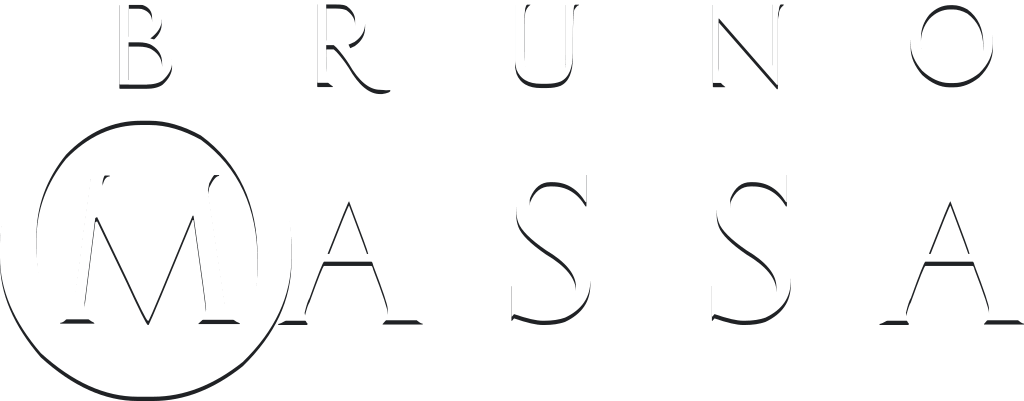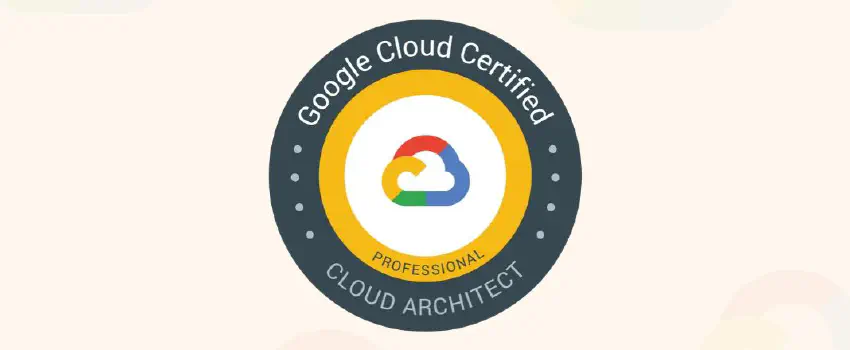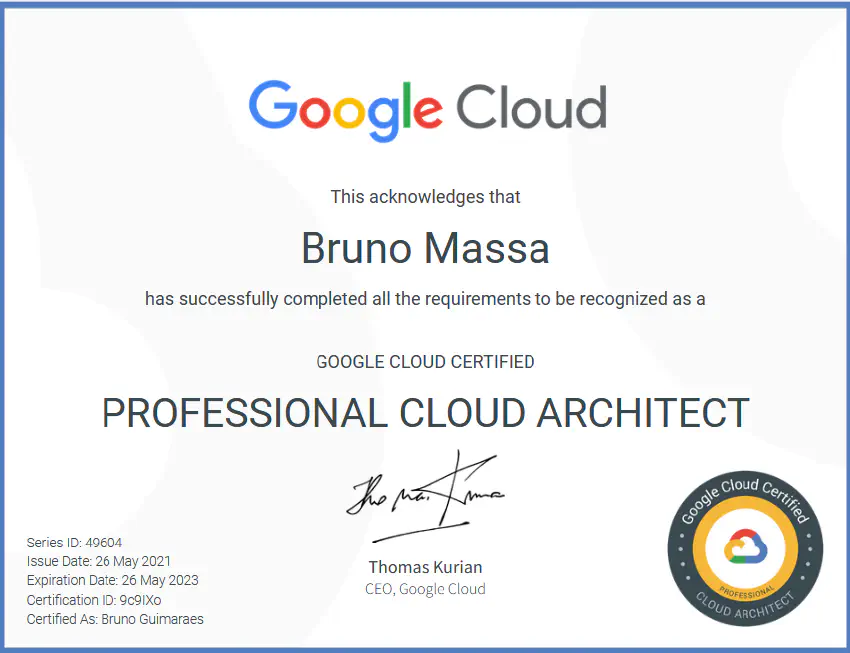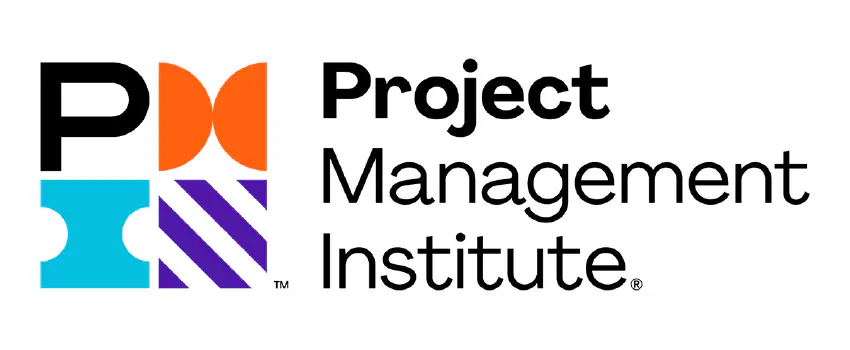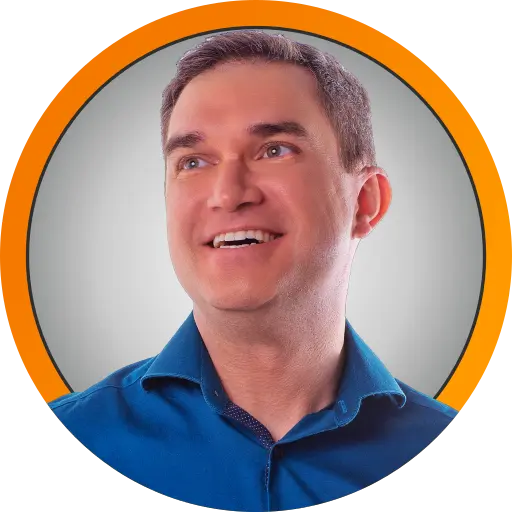
GitOps Lifestyle Conversion
I’m currently fascinated with GitLab’s handbooks. I heard of companies trying to be more open to the public, but the extent that GitLab is doing is unprecedented. They are documenting everything publicly. Most, if not all, internal processes are getting written for everyone to see.
- How we admit new people? It’s there.
- How and when do employees are bonuses? It’s there too.
- What is the ERP used? It’s there.
- In fact, what is the whole list of external software and service used? It’s there too.
- The scripts used to manage their own site? They are there too.
- Personal information, like employees’ actual salaries? Of course, they are not there.
Too much information? Maybe. But it’s definitively inspiring.
Another source of personal inspiration comes from a guy on Twitter: Keijiro Takahashi. This Japanese programmer does several mini-tools for himself but publishes everything on GitHub with minimalist licenses like MIT.
In contrast, I was checking my LinkedIn the other day when I decided to share my GitLab and GitHub accounts. There are so many projects over there. #ButNot. Most, almost all, were private! Many game prototypes, and small side projects. All locked. Some are live backups since are not been updated for ages. So I decided to do a couple of things:
- Open some of the closed projects
- Git-fy some of my personal and professional projects
- Documentation as code for my new company
The first is pretty straightforward. Mostly checking a box. Sometimes adding small README or LICENSE files. Few times making real changes.
The second is a new mindset: I have dozens of small projects, from games to personal scripts, that I’ve never used git to track changes. But not only I could get better control of it, but also I could share it with the world. You will see more and more projects popping up on my GitLab account page.
The third, follow partially GitLab’s way. I’m considering documenting most of the processes in git-like wikis. It will not only be good to share the knowledge with other employees and partners. It’s also good for tracking the business decisions that changed these processes. A rather clever approach.
